12 Quick Tips for Setting Goals with Chronic Pain
Northern Pain Centre is committed to giving patient’s practical steps for managing many of the challenges they face as a result of their pain. Welcome to our 12 Quick Tips Series.
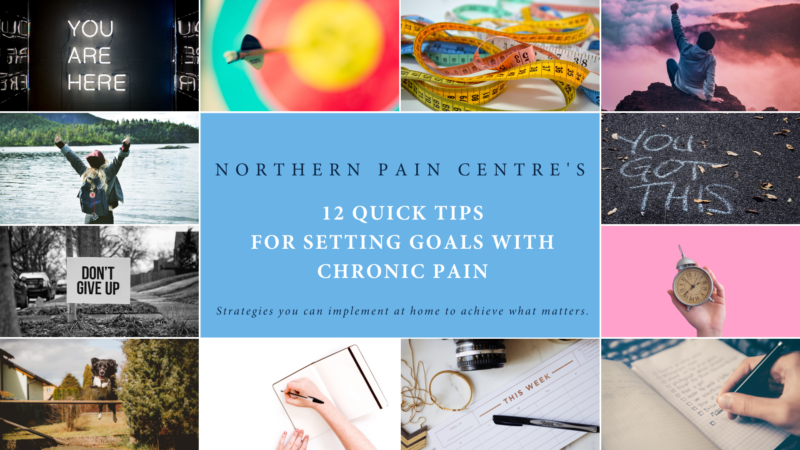
Here are our 12 quick tips for setting goals when you are living with chronic pain:
- Learn your baseline and pacing plan for how much activity you can manage without a flare in pain (learn more about pacing and goal setting here)
- SMART Goals: Work out what you want to achieve – be specific – what is your goal? (learn more about goal setting here)
- SMART Goals: Think about the steps you need to take to achieve your goal – what time, where and when will you do them?
- SMART Goals: Think about if your goal is achievable or do you need to break it down into smaller goals?
- SMART Goals: Work out why your goal matters to you and how you will feel when you achieve it – this will be your motivation.
- SMART Goals: Write up a plan, write down what you will do each day to work towards your goal and when you want to achieve it by
- Make a simple daily to-do list that you can tick off (learn more about achieving your goals here)
- Write up your weekly plan – factor in rest and days your pain is bad (learn more about creating a weekly plan here)
- Keep track of your progress – brain fog is common with chronic pain (learn more about the importance of writing things down here)
- Be prepared for obstacles – write a plan for good days and a plan for bad days (learn more about planning ahead with chronic pain here)
- Don’t let perfection be the enemy of good – don’t let a bad day derail you from your goal (learn more about not letting the perfect be the enemy of good here)
- Celebrate the wins – choose something that cultivates and strengthens the habit (learn more about celebrating your wins the right way here)
What are SMART Goals?
- Specific & Significant – something detailed that is meaningful to you. It is the what, why, where and how of your goal.
- Measurable – when do you want to accomplish your goal. What time, when and how often?
- Achievable – is this goal within your abilities and something that you can achieve?
- Realistic & Rewarding – why do you want to accomplish your goal? How will you keep yourself motivated?
- Trackable & Time-based – when do you want to accomplish your goal by? How will you know when you have achieved it?
Free Resources
- Download your free Northern Pain Centre goal-setting worksheet here
- Download your free Northern Pain Centre pacing plan worksheet here
- Download your free Northern Pain Centre planning your day worksheet here
Putting these 12 steps into practice
Below is a goal broken down into the 12 steps to help you work through your own goal.

Step 1: Learn your baseline and pacing plan for how much activity you can manage without a flare in pain.
Pacing Strategies in a nutshell:
- Your baseline: how much of an activity you can do without a flare in pain. Learn more here
- Your starting time: 80% of your baseline. This minimises the risk of a flare in pain and makes it achievable.
- Daily plan: Practice your starting time each day. This assist your body and pain to get used to this activity.
- Weekly increase: 10% increase in your time. This minimises the risk of a flare in pain and allows your body and pain to adjust to this activity.
Example:
- Goal: you want to sit and watch tv for 20mins with your kids.
- Baseline: currently you can sit for 15mins without a flare in pain.
- Starting time: your starting time would be 12mins.
- Daily plan: practice sitting every day, despite pain for 12mins.
- Weekly increase: increase your time by 1min each week.
- Timeframe to achieve your goal: 9 weeks to sit every day for 20mins.

Step 2: Work out what you want to achieve – be specific – what is your goal?
- What do you want to achieve? To sit with your kids and watch their favourite program at 3.30pm everyday for 20mins because spending time with them makes you happy.
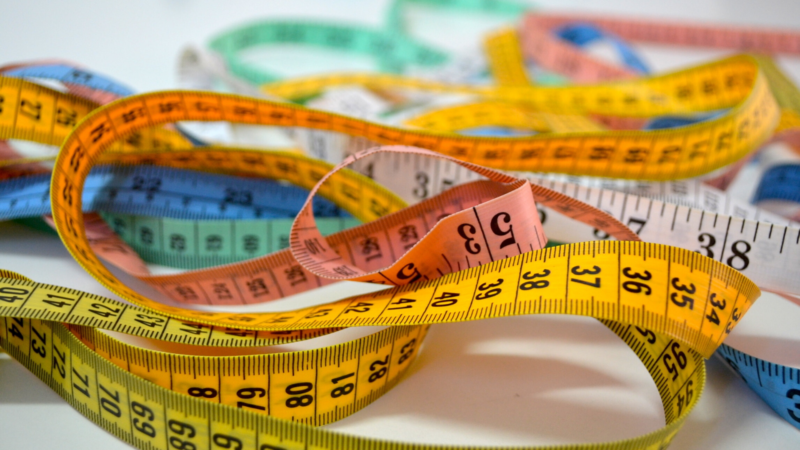
Step 3: Think about the steps you need to take to achieve your goal – what time, where and when will you do them?
- Your kids favourite tv program is on at 3.30pm.
- You will practice sitting with them at 3.30pm everyday.
- You will start at 12mins and increase by 1min every week.

Step 4: Think about if your goal is achievable or do you need to break it down into smaller goals?
- Your goal is achievable if you use pacing strategies and gradually increase on a weekly basis.
- The more you practice sitting, the more “normal” this activity will be and the less pain you will experience doing this activity
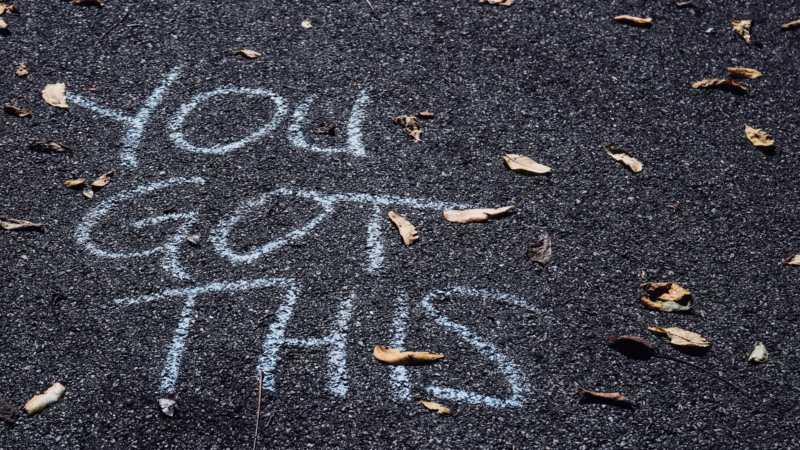
Step 5: Work out why your goal matters to you and how you will feel when you achieve it – this will be your motivation.
- Spending quality time with your kids is important to you.
- Achieving this goal will help you work towards other sitting goals for going to the movies and sitting through school concerts.

Step 6: Write up a plan, write down what you will do each day to work towards your goal and when you want to achieve it by.
- Practice sitting using your pacing plan at 3.30pm everyday.
- It will take 9 weeks to comfortably sit each afternoon for 20mins.
- You will do your stretches and core exercises the physiotherapist gave you to help with this activity and your pain.
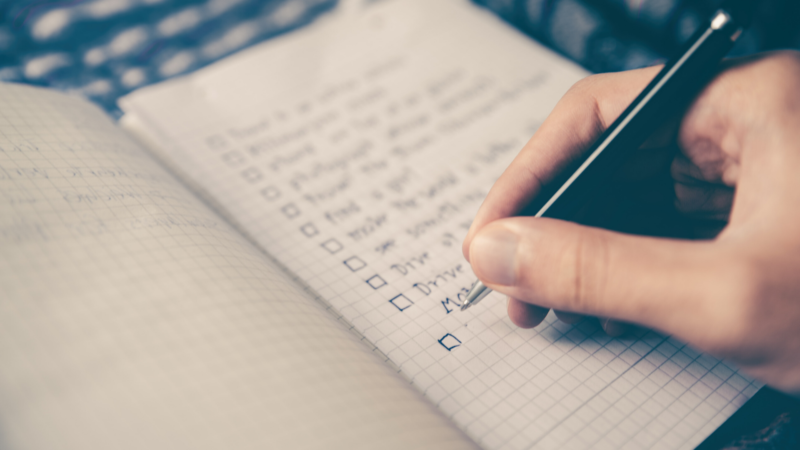
Step 7: Make a simple daily to-do list that you can tick off.
- Plan your day.
- Prioritise your activities.
- Pace your activities – break them down into smaller tasks.
- Take frequent, short breaks.
- Stick with the plan, despite your pain.
- Create a list of things that help my pain that I can do before and after by daily goal e.g. walking, lying down, stretching.
- Put my goal as the top priority on my list.
- Work with the physiotherapist to practice other exercises that will assist me with sitting.
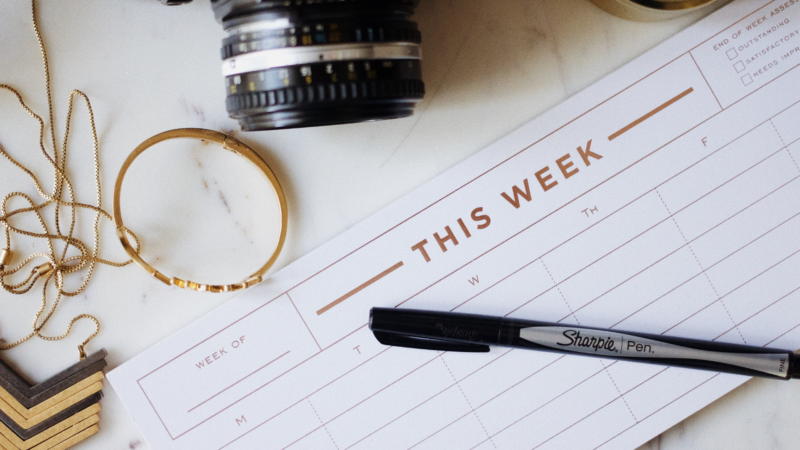
Step 8: Write up your weekly plan – factor in rest and days your pain is bad.
- Create a weekly plan that includes you daily goal.
- Plan your priorities for the week, split these over the week to help make them more achievable.
- Delegate and ask for help to avoid overdoing things during the day.

Step 9: Keep track of your progress – brain fog is common with chronic pain.
- Medications and pain can affect your memory, so writing down all you achieve as it occurs is really important.
- This helps you to build motivation by seeing all you have achieved and how far you’ve come.
- This helps you work with your doctor and physiotherapist to track changes and create plans.

Step 10: Be prepared for obstacles – write a plan for good days and a plan for bad days.
- Create 2 plans for your day – simplify your bad day plan, but ensure your goal remains the top priority.
- Flares in your usual pain will occur, use this as a general guide for activity:
- <24hrs stick to activity goal
- 24-48hrs modify activity goal – break into smaller chunks, change position more regularly
- >48hrs reduce activity by 50-75%, but don’t stop moving.
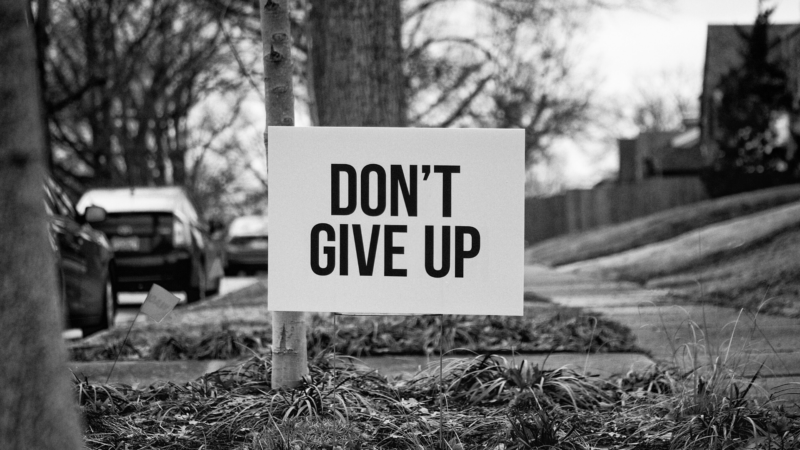
Step 11: Don’t let perfection be the enemy of good – don’t let a bad day derail you from your goal.
- Remember why you are achieving your goal to help keep you motivated on bad days.
- Remember that any sitting is better than no sitting – on bad days reduce your timeframe, break the activity into smaller timeframes or modify the activity by picking a different seat.

Step 12: Celebrate the wins – choose something that cultivates and strengthens the habit.
According to Gretchen Rubin, the author of The Happiness Project “When we celebrate by giving ourselves a reward, it is always a better choice to go for a reward that cultivates and strengthens the habit itself” for example buying walking shoes for walking your goal every day for a month, it will not only make you feel great but also motivate you to keep going.
- Celebrating the wins cultivates the upward spirals , which help to keep us motivated, energised and moving in healthy directions.
Read More Quick Tips
- 12 Quick Tips for Improving Gut Health
- 12 Quick Tips for Introducing Pacing into Your Day
- 12 Quick Tips for Planning Your Day with Chronic Pain
- 12 Quick Tips for Moving More
- 12 Quick Tips for Setting Goals with Chronic Pain
- 12 Quick Tips for a Better Quality Sleep
- 12 Quick Tips for Improving Your Nutrition